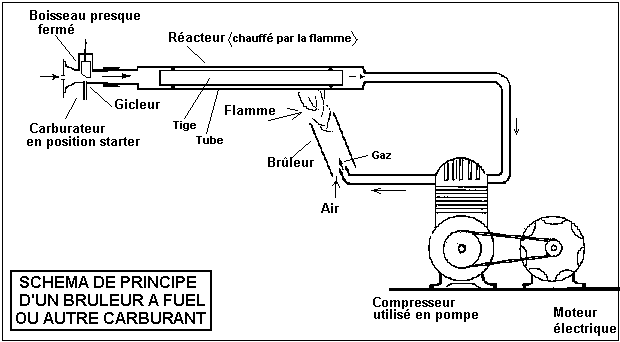Great idea Ash to work on a GEET furnace !
I found another furnace video, with 50/50 oil and water
YouTube - Paul Pantone GEET Furnace. 50/50 Mix - CAAFuels
I didn't know Hypnow had a working plasma furnace !?
I think they started from that experiment, and making it bigger, then they added water mist, or they have one more reactor for water ..
-8- UTILISATION DU GEET EN BRULEUR


The blue flame of the Hypnow plasma is the same amazing pure blue !

And the flame is attracted by the reactor's magnetic field, like a spark discharge attracted by a magnet.
Is it you doing the furnace experiment in the picture, or one of your members ?
I found another furnace video, with 50/50 oil and water
YouTube - Paul Pantone GEET Furnace. 50/50 Mix - CAAFuels
I didn't know Hypnow had a working plasma furnace !?
I think they started from that experiment, and making it bigger, then they added water mist, or they have one more reactor for water ..
-8- UTILISATION DU GEET EN BRULEUR


The blue flame of the Hypnow plasma is the same amazing pure blue !

And the flame is attracted by the reactor's magnetic field, like a spark discharge attracted by a magnet.
Is it you doing the furnace experiment in the picture, or one of your members ?
 .
.



Comment